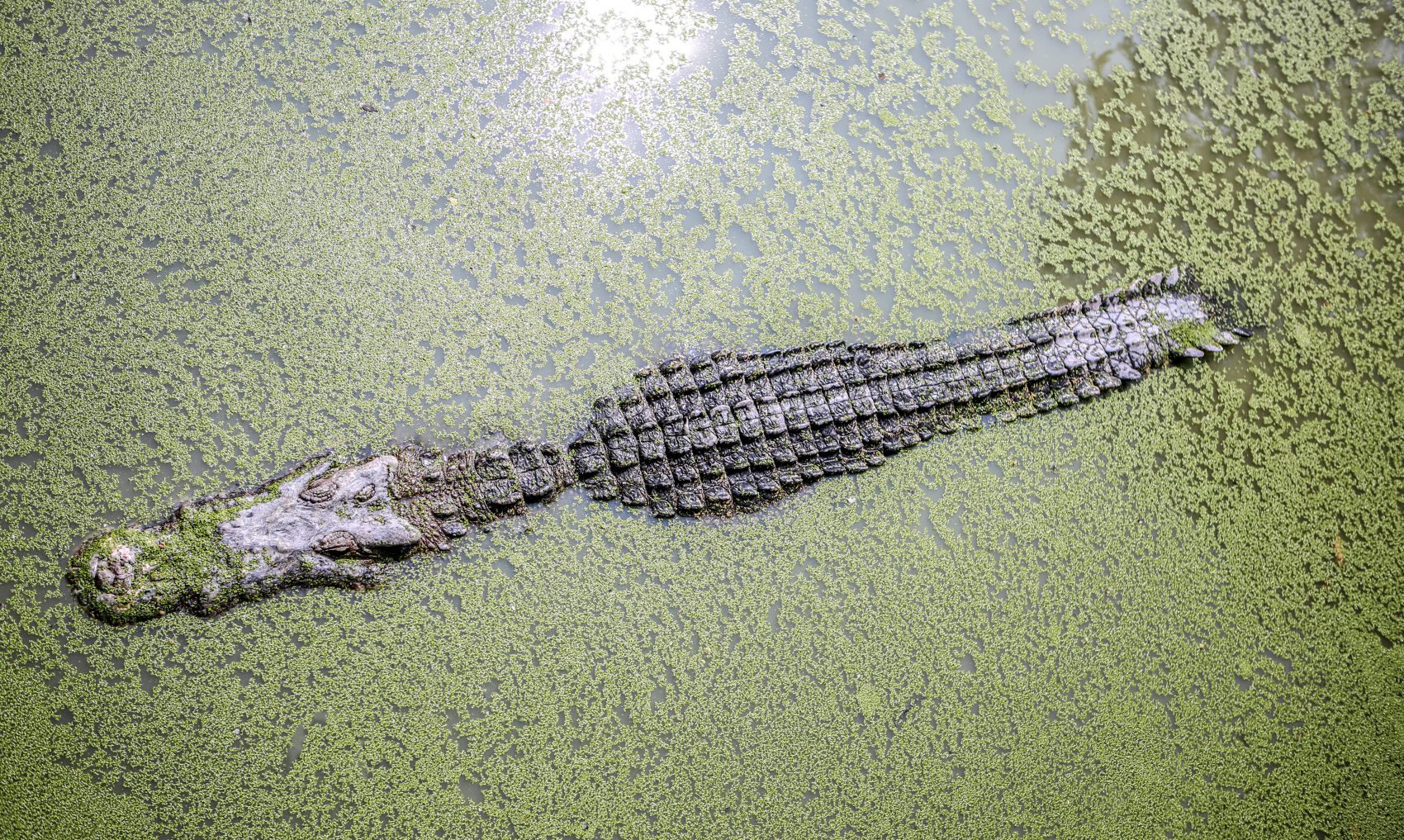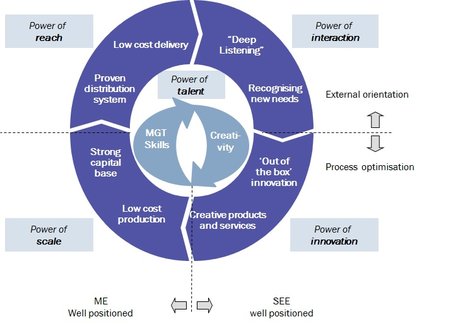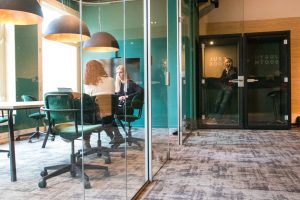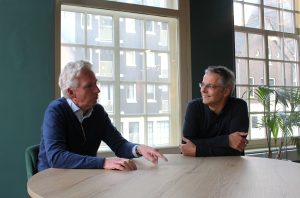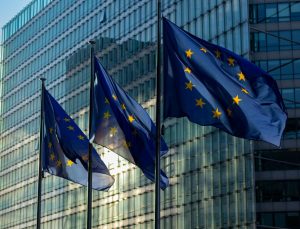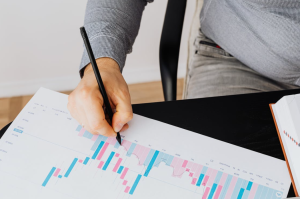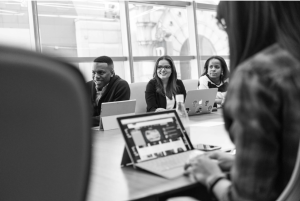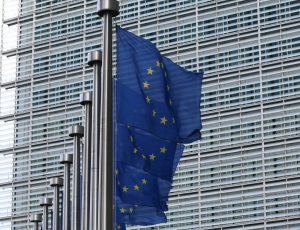Partnerships for sustainability: let’s learn from the plover bird and the crocodile
How large corporations and small businesses work together for more sustainability
My reasons for this blog
In the last chapter of my book Duurzaamheid in de Boardroom (Sustainability in the Boardroom) I elaborate on partnerships between large companies, start-ups and social enterprises that focus on sustainability. When I discussed this matter with directors of large companies, I noticed that they often grew excited about examples of such partnerships.
I conjecture – my thoughts have also been inspired by a Danish study – that partnerships between ‘Greening Goliaths’ (large corporations) and ‘Emerging Davids’ (newcomers to the market, start-ups, etc) were likely to achieve more sustainability than the individual efforts of each of those companies on their own.
My assumption is that by teaming up with creative minds and being open-minded about new ideas, these large companies could give sustainability endeavours a considerable boost, because it helps them put sustainability into practice and create new products. In addition, partnerships could aid start-ups and social enterprises to develop their ideas further, scale up their operations and launch their products. The conclusion in my book is that we could not yet tell whether (or how) such partnerships could reach maturity.
I raised this topic in the many discussions that followed the publication of Duurzaamheid in de Boardroom and it often seemed to strike a nerve. Many questions were asked and many examples were given. We talked about the successes and the failures. All in all, it proved to be a thought-provoking subject that invited further investigation.
An initial exploration
This interest encouraged me to start exploring the matter, so intern Frederique Glazener and I formulated hypotheses and conducted a preliminary round of desk research. Our orientation included interviews with hands-on experts because, at this stage, we wanted to collect first impressions from various angles. Accordingly, we spoke to fairf, a young sustainable start-up –providing quality paints- that has joined forces with a larger family business, and to Instock, an Albert Heijn spin-out, aimed at reducing wood waste. At Alliander we learnt more about their platform for start-ups for innovations in sustainable energy. We also talked to the founder of Let it Grow, FloraHolland’s recently terminated innovative incubation programme for working with sustainable start-ups in that sector. At Social Enterprise NL we learnt more about the field of social enterprises, and when we interviewed ABN AMRO’s Social Impact Fund, the investment aspects were explained to us. These interviews taught us many valuable things. (We would like to thank all those people who gave up their time to speak to us.[1] We have agreed that we would not quote from those interviews, although I have quoted some of them here that have been published elsewhere before).
Request for input
Before sharing some of our findings with you, I would like to invite you to get involved. Are you aware of any relevant scientific literature on this topic? Can you provide any other comments, warnings or input? Please respond to this post or contact me directly. This will help me to kick-start the next phase of our research. I’m looking forward to having more conversations with entrepreneurs and corporations that are active in this space, especially some non-Dutch good practices. Hopefully we can define some practical steps that increase the success rate of this kind of partnerships. Would there be a next book in this topic? Thanks beforehand for sharing your insights. (and by the way: if you’re interested I can send you a more elaborate version of this post by email)
What partnerships are we researching? (scope and definitions)
First of all, I would like to stress that I want to concentrate on the strengths and challenges of partnerships between large and small businesses. More specifically, such partnerships should be focused on sustainability, in other words: combinations of strengths aimed at challenging the status quo by launching innovative solutions that are based on the idea that such united endeavours achieve more than individual ones. Any partnerships that are not joint operations aimed at sustainable solutions are beyond the scope of this project.
So, which ‘small businesses’ qualify for our research? We investigated social enterprises and start-ups; for the purpose of this study, I shall use one name for both of them: sustainable entrepreneurial enterprises (SEEs)[2]. I do not want to get bogged down in the exact difference between the one category and the other, as I am more interested in initiatives that focus on sustainability, by which I mean that their objectives must be societal added value and that the enterprise is (on its way to being) financially independent (profit orientation). Some SEEs have recently been launched (early-stage SEE) and others that have been operating for some time (later-stage SEE). I am not going to define large companies precisely either; they are frequently multinational corporations, but could also be business of a certain magnitude with nation-wide operations. They must have a number of strengths that are essential for the partnership.
Do you think all this is still a bit abstract? Let’s look at an example. In Duurzaamheid in de Boardroom I refer to the DSM (the global science-based company active in health, nutrition and materials) and Niaga partnership. Dimitri de Vreeze, a member of DSM’s managing board, emphasises the power of it: ‘Niaga, a Dutch start-up, had the brilliant idea of making carpets more sustainable. (…) But the entrepreneurs faced some obstacles: they couldn’t scale up the technology – and that’s precisely what we do very well. We believed in them, so we took the plunge. Of course it was a carefully defined, separate and distinctive growth bubble with its own identity within the DSM infrastructure.’ Niaga’s Technical Director had the following to say about the partnership: ‘We enhance each other. For a big company, it’s difficult to turn a completely new leaf like we can; it’s not easy for them to think completely freely[3].’ This alliance between the two companies generated specific results and sustainability was one of the underlying drivers.
The power of partnership
The interviews confirmed my view that SEEs and large companies seek partnerships in which they can combine their unique strengths. Specifically this combination of both kinds of organisations encourages them to venture beyond their comfort zones, to find innovative and scalable solutions for sustainability issues and to build on each other’s strenghts. The figure next to this article summarises this.
In order for such a partnership to be successful a number of conditions should be discussed and agreed. I believe that both parties should have shared values. There must be ample overlap of things both companies believe in, which is expressed in the companies’ mindset and vision. Moreover there must be agreement on a practical level too. What are the actual objectivesof the partnership? The interviews learned us that the parties involved have to develop mutual trust which helps to accept the other and allows them the freedom for their unique contribution. Despite common values and objectives, there will always be differences between the two parties, leaving them to struggle within the partnership and putting pressure on mutual acceptance. The learning capacity of both partners builds the foundations for reflection (a much-underestimated quality, especially in times of pressure) and accordingly the adjustment and recalibration of objectives. It’s not very odd that things don’t go as planned; the question is how the partners will deal with it once it has happened. How do we adjust so that each party can regain its strength and take the next steps?
The ‘why’ of the partnership is clear: mobilising strengths of two parties to generate sustainable solutions. One remark on the ‘what’. The partnership is proof of a relationship established by two very different enterprises. Together they experiment, develop, learn, fail and still go on. To me, such partnerships go beyond a transactional relationship that might spring up between a large company and an SEE. What about a supermarket that includes an SEE’s products in its range, or a large company that becomes a launching customer for a certain product created by an SEE? I don’t want to detract from its importance, but does that transaction (or do those transactions) deviate from what is usual in the markets? Do the social enterprises Tony Chocolonely or Yoni have a special relationship with Albert Heijn? Is that relationship any different to that of Verkade or Always? After all, the supermarket is a sales channel for those companies too. What do you think? Is that another research question?
Symbiosis: the plover bird and the crocodile
It must be clear by now that it is extraordinarily complicated to find a balance and maintain that balance in a partnership between two parties that differ so much. Ideally, a partnership between an SEE and a large company is a symbiotic relationship. A wonderful metaphor, in my view, is the plover bird and the crocodile: the tiny bird flies into the crocodile’s jaws and removes scraps of meat from between its teeth. Well, it’s nutritious! And the crocodile has a ‘toothpick’ and all its advantages. They both benefit from the relationship: the bird dares to step into the crocodile’s mouth for a snack and the enormous beast doesn’t snap its jaws shut. That balance with mutual benefits is a great ambition in a commercial sense too.
In reality, the balance can be lost if one of the parties undermines it. A large company that regards an SEE as a ‘tasty morsel’ is not looking for a common interest. In such cases, a cowboy lassoing a rodeo calf and clamping down on its back springs to mind, rather than the crocodile and the plover bird. On the other hand, there are examples of SEEs kept alive by a large company although they do not create any added value for that company: the small company parasites off a larger body, as it were. The SEE is too comfortable and does not have any immediate incentives to grow into a successful business.
Please note: even in symbiotic relationships, the added value must still be confirmed. Social investors and platforms for start-ups might perhaps/probably show a little leniency, but discipline will be required of the SEE and the partnership should produce a tangible result at a certain moment. Instock has announced this as an objective[4]: ‘Albert Heijn helps us to expand by investing. We are very happy with this partnership. Nonetheless, we believe it is important that our operations are self-reliant. If your revenue model is sound, you can really tackle the problem.’
Further research
I would like to do more research into such partnerships, their underlying dynamics and success factors. Perhaps it would be possible to create a kind of step-by-step plan that could better define the ‘plover bird symbiosis’. On paper, it seems like a great concept, but what is it really like?
In the follow-up study, I shall look for more examples from real life, both domestic and international ones. I would love to discuss this matter with the parties involved so we can learn from their successes and their disappointments. It remains to be seen, in my view, whether this study will make a good book. What do you think? Don’t hesitate responding to this blog. And send me an email if you would like to receive a more comprehensive version of this blog.
[1] Our special thanks to Laurens van Dort (fairf), Selma Seddik (Instock), Susanne Bach (Alliander), Silke Tijkotte (Let it Grow), Stefan Panhuijsen (Social Enterprise NL) and Eric Buckens (Social Impact Fund ABN AMRO).
[2] Inspired by Markman et al. (2016)
[3] DSM and Niaga, quoted in Duurzaamheid in de boardroom
[4] De Leeuw, M. (2016, 6 July) Instock schaalt samenwerking met AH op. Levensmiddelenkrant
Partnerships for sustainability: let’s learn from the plover bird and the crocodile
Share this article with:
share on Facebook share on LinkedIn share on Twitter
